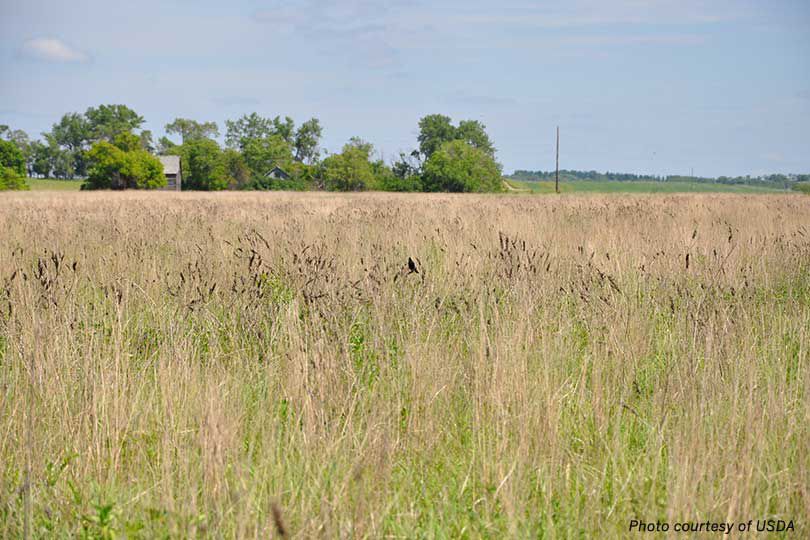The U.S. Department of Agriculture (USDA) will issue nearly $1.7 billion in Conservation Reserve Program (CRP) payments. The USDA CRP allows more than half a million landowners to protect almost 24 million acres of wetlands, grasslands and wildlife habitat in 2016.
CRP provides financial assistance to farmers and ranchers who remove environmentally sensitive land from production to be planted with certain grasses, shrubs and trees that improve water quality, prevent soil erosion and increase wildlife habitat. In return for enrolling in CRP, USDA—through the Farm Service Agency (FSA)—provides participants with rental payments and cost-share assistance. Landowners enter into contracts that last between 10 and 15 years.
The number of landowners enrolled in CRP has doubled since last year.
“We have seen record demand to participate in this important program,” Agriculture Secretary Tom Vilsack said in statement. “Despite the current enrollment limit of 24 million acres, USDA is committed to continuing our important partnerships with farmers, ranchers, state and local governments and sportsmen to maintain the environmental benefits provided by the Conservation Reserve Program.”
“Commodity prices have declined and so folks are looking at different options for what they want to do with land that might otherwise be planted to corn or beans or a different crop,” USDA FSA Administrator Val Dolcini told Brownfield Ag News.
Dolcini said more than 1.3 million acres were newly enrolled into CRP.
“We want to get lands into CRP that are going to be environmentally sensitive. It could be a highly erodible piece of land, it could be a wetland, or it could be something that’s involved in other conservation initiatives as well,” Dolcini said.

